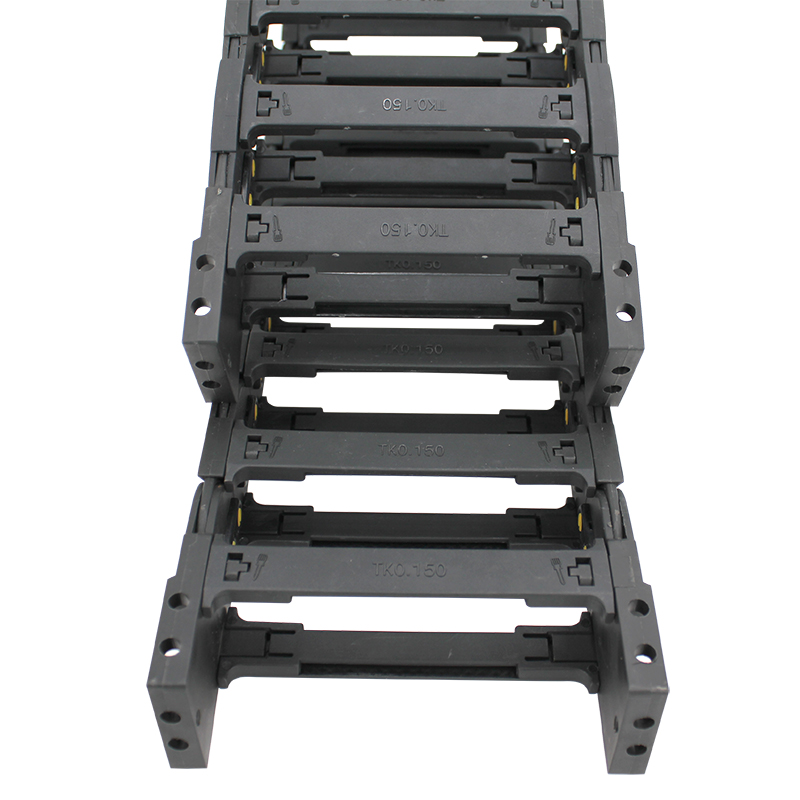synchronous belts and pulleys
Understanding Synchronous Belts and Pulleys A Fundamental Mechanism in Mechanical Engineering
Synchronous belts and pulleys are essential components in many mechanical systems, playing a crucial role in the transfer of power and motion. Unlike traditional V-belts, which can slip under load, synchronous belts operate by engaging with teeth that fit into corresponding grooves on pulleys. This design allows for precise movement and synchronization of the connected machinery, making them invaluable in various applications, from automotive engines to industrial machinery.
One of the most notable advantages of synchronous belts is their ability to maintain a consistent speed ratio between the pulleys. This is particularly beneficial in applications where timing is critical. For example, in automotive engines, the synchronization of the camshaft and crankshaft is vital for optimal performance. Synchronous belts help ensure that these components work in harmony, preventing misalignment and engine failure.
The construction of synchronous belts typically involves durable materials such as rubber or polyurethane, reinforced with layers of fabric and metal for added strength and flexibility. This construction allows them to withstand heavy loads and resist wear over time. Additionally, the teeth on synchronous belts are designed to engage smoothly with the pulleys, reducing noise and vibration, which enhances the overall efficiency of the system.
synchronous belts and pulleys

Pulleys that work with synchronous belts come in various sizes and configurations, allowing for versatility in design and application. They can be found in both fixed and adjustable designs, catering to different mechanical systems' needs. The teeth on the pulleys are machined to match the belt's specifications precisely, ensuring a secure fit that minimizes slippage.
Moreover, the installation of synchronous belts and pulleys generally requires minimal maintenance, which is another reason for their widespread use
. Proper alignment and tensioning during installation are crucial for optimal performance, but once set, these systems can operate for extended periods without the need for significant intervention. Regular inspections, however, are recommended to catch any signs of wear or damage early.In industrial settings, synchronous belts and pulleys contribute to the efficiency of conveyor systems, robotics, and automated machinery. Their reliability in transferring motion helps streamline operations, reduce downtime, and improve overall productivity. As technology advances, innovations in the materials and design of synchronous belts continue to enhance their performance and reliability.
In conclusion, synchronous belts and pulleys are fundamental components that enable precise motion control in various applications. Their advantages over traditional belt systems, such as reduced slippage, improved synchronization, and minimal maintenance requirements, make them an ideal choice for engineers and manufacturers. Whether in automotive engineering, industrial machinery, or robotics, their role in facilitating efficient power transfer cannot be overstated. Understanding these components is essential for anyone involved in mechanical design and operation.








